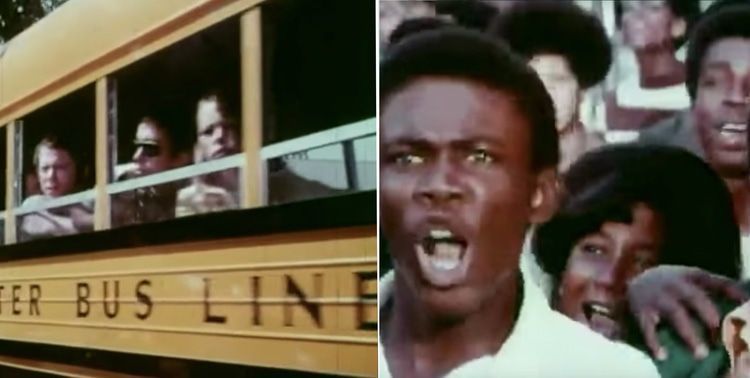
Boston’s Segregated Schools: The Triumph Of 1970s Liberalism In A Graph
By Steve Sailer
10/05/2012

In a gentrifying era when well-educated white people are heading downtown, you hear surprisingly little about America’s oldest and most academic big city, Boston.
You would think that Boston would be the Portland of the East, but it’s not quite. The ultimate success of gentrification is when the gentrifiers' children can walk to their high scoring neighborhood public schools, but that isn’t close to happening in Boston because its public school system was systematically demolished in one of the hardest fought triumphs of the War on Racism.
One weakness with Boston gentrifying is that, legally, it’s a geographically tiny 17th Century city surrounded by conveniently close-in suburbs that don’t have to bus. So, it’s easy for young parents to say, forget it, I’m not bothering to try to fight for a good student body in my kid’s Boston school, we'll just move a few miles to, say, Brookline. For example, Judge Arthur Garrity, who ordered the school busing in 1974, lived in nearby Wellesley, which is just as Seven Sistersy as it sounds and was, amazingly enough, immune from Garrity’s own busing order.
Now, 38 years later, the mayor of Boston wants to lift the curse of busing from his city. Will he succeed? It’s generally a bad idea to bet against well-educated white people conspiring over real estate. But, smart white people are also good at not having children. Perhaps the Hispanic Tidal Wave means it’s too late for Boston to recover from its 1970s WASP and lace-curtain Irish v. knock-upside-the-head Irish class war over public schools. From the NYT:
Nearly four decades after this city was convulsed by violence over court-ordered busing to desegregate its public schools, Boston is working to reduce its reliance on busing in a school system that is now made up largely of minority students.
Although court-ordered busing ended more than two decades ago, and only 13 percent of students in the public schools today are white, the school district buses 64 percent of its students in kindergarten through eighth grade to schools outside their immediate neighborhoods. The city tried twice in the last decade to change the system and failed both times.
In January, Mayor Thomas M. Menino asked school officials to come up with “a radically different plan” under which students would be assigned to schools as close to home as possible.
Boston’s 57,000-student school district is divided into three sprawling geographic zones. A racially blind computerized algorithm assigns students to schools anywhere within their zone. Many students go so far that transportation alone costs the city $80.4 million a year — about 9.4 percent of the school system’s operating budget, almost twice the national average.
But expense is not the only concern. Children who live on the same block often go to different schools. In the violence-torn Bowdoin-Geneva neighborhood of Dorchester, school officials said, 1,912 students attend 102 schools out of 128 schools in the entire district. These include high school students, who are not limited by zone. …
Recent scores show the Boston Public Schools lagging badly behind schools in the rest of the state.
Why would a school district that’s 79% NAM lag behind the rest of this highly white high-scoring state? It’s a riddle wrapped inside a mystery inside an enigma. The best minds of the Harvard Graduate School of Education can’t solve it, so what hope does anybody have?
